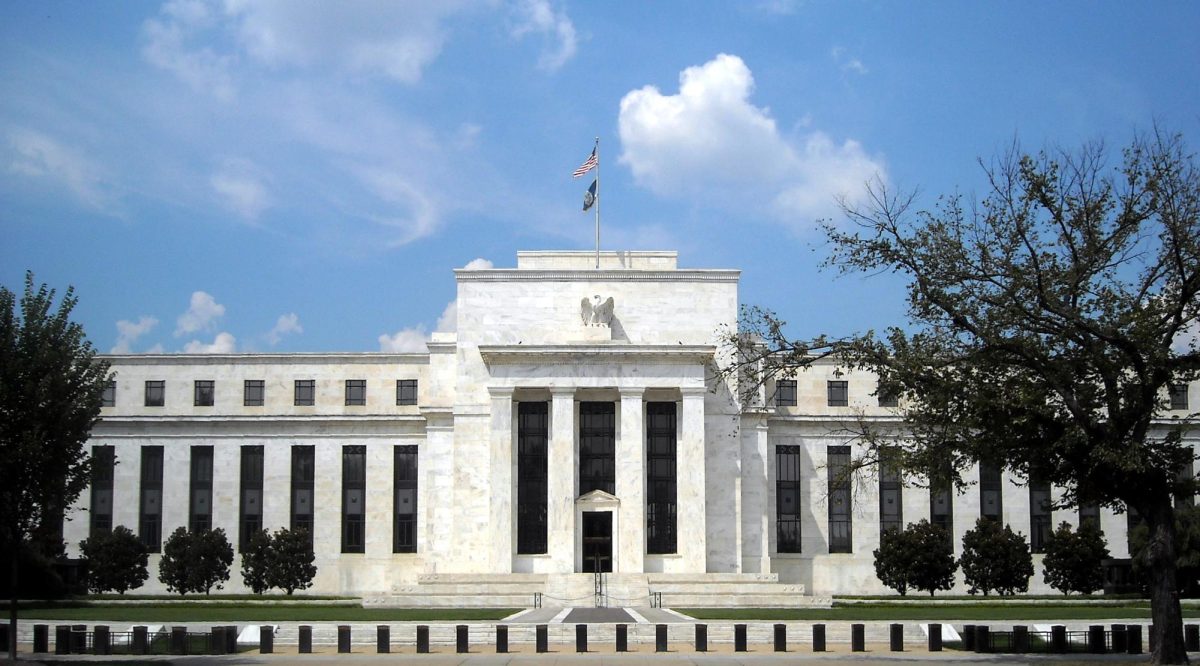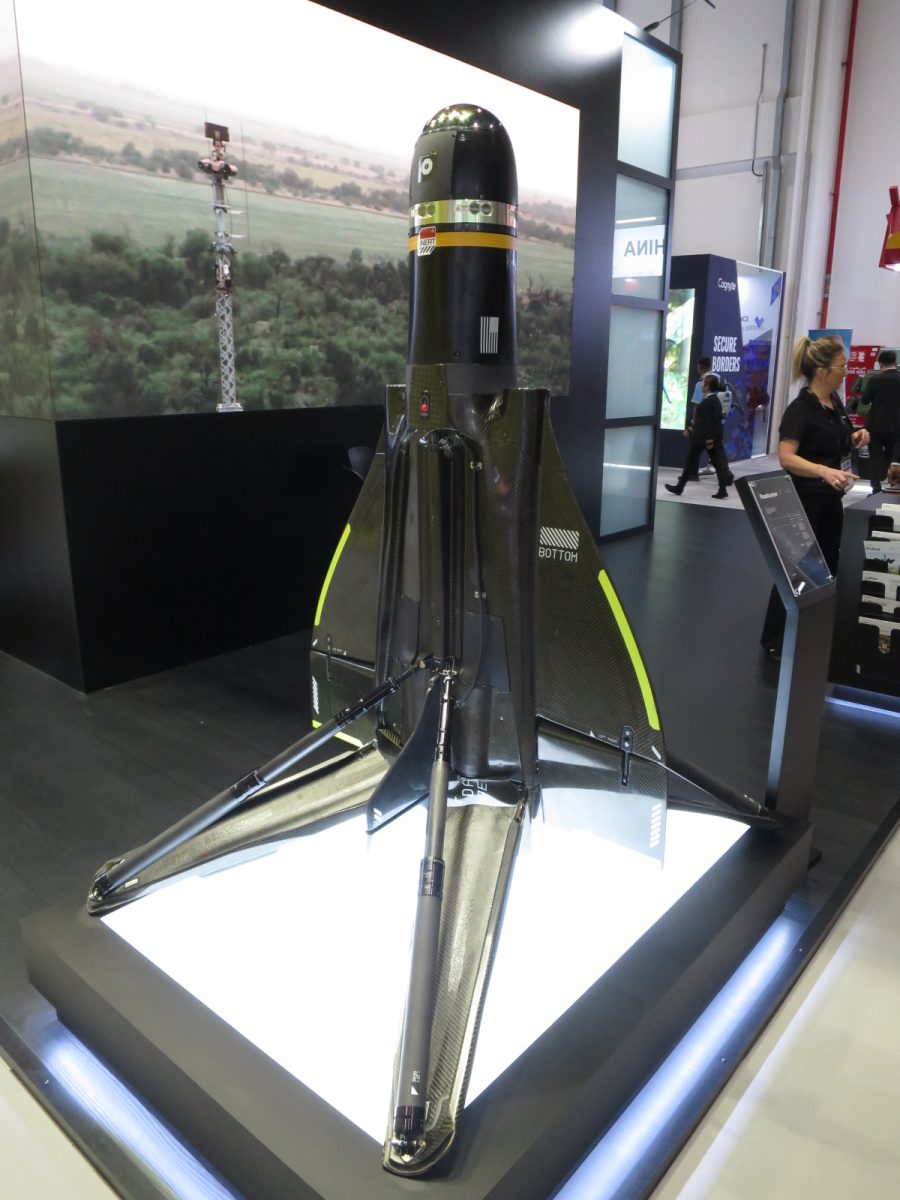The long-term outlook for the aerospace industry remains strong due to global growth in air travel. The International Air Transport Association forecasts that the number of passengers transported by airlines will reach 8.2 billion by 2040, effectively doubling the demand for air travel.
The industry still remains in the crosshairs of a disruptive trade war, however, recent updates from President Donald Trump’s Twitter on Oct.1 2 hinted at a possible $20 billion increase in Boeing aircraft demand from China. Additionally, the Boeing 737 Max aircraft is expected to return to service in the fourth quarter of 2019.
The defense industry is experiencing growth which has been spurred by President Trump’s policies to expand the U.S. military.
Trump has increased the defense budget from $573 billion to $614 billion, and the budget is predicted to increase to $684 billion by 2021.
Military expansion remains necessary in the coming years due to the threat of Iran, North Korea, as well as the growing alliance between Russia and China. By 2020, 114 new aircraft will be built for the U.S. Air Force, resulting in increased business for corporations dealing in procuring parts and building these aircrafts.
Cybersecurity is also being expanded by the U.S. government after continued cyber-attacks, which have risen by 67% in the past five years. This has also led to the expansion of the U.S. cybersecurity budget to $17.4 billion.
The rise of e-commerce and increase in consumer spending has supported industry growth in packaging and delivery. As U.S. consumption has risen, manufacturers have expanded production, thereby increasing the number of products that need to be packaged and delivered.
Over the next five years, industry revenue is expected to increase at an annualized rate of 2.4% from $10.3 billion to $11.6 billion.
In particular, booming growth in online grocery sales will drive package delivery volume in the coming years. Analysts expect the e-commerce share of the food and beverage market to grow from 2% in 2016 to 20% by 2025.
The specialty chemical market is predicted to expand to $509 billion by 2025, growing at a 5.2% compounded annual growth rate. Adhesives and coatings are expanding through the creation of more environmentally friendly products while construction chemicals are growing from a global necessity for the erection of new buildings as well as repairs to existing structures.
Prices for specialty chemicals have increased on average from 5% to 20% due to increasing research, development and raw material costs.
The trade war has had an especially strong impact on the industrials sector as a whole. Tariffs of $20 billion have been put on rubber products, chemicals, metal and machinery. Since Sept. 1, new tariffs have been put in place between China and the United States. This has also marked the first-time oil has been targeted as China issued a 5% levy on U.S. oil.
Trump has put over $450 billion of tariffs on Chinese goods since the beginning of the trade war. Steel and aluminum have also been levied by 25% and 10%, respectively, in March 2018. These tariffs have affected building construction, manufacturing, defense and many other sectors. This is reflected in construction costs increasing 5% to 10% after tariffs were issued.
These tariffs necessitate companies to direct material spending to domestic sellers and could result in price increases or other expense cutting plans through labor or capital to reduce their impact.
Since the second quarter of this year, the Federal Reserve has cut the federal funds rate twice from 2.5% and is said to issue more as the year progresses.
The lowering of the interest rate historically spurs more investment spending. For a heavy capital expenditures sector like industrials, the interest rate change is especially significant. Historically, the reduction of interest rates has bolstered the market.








